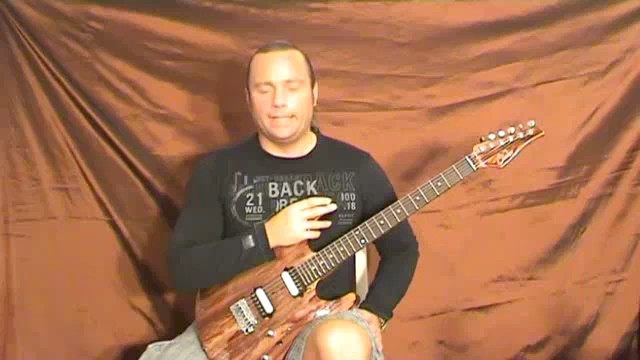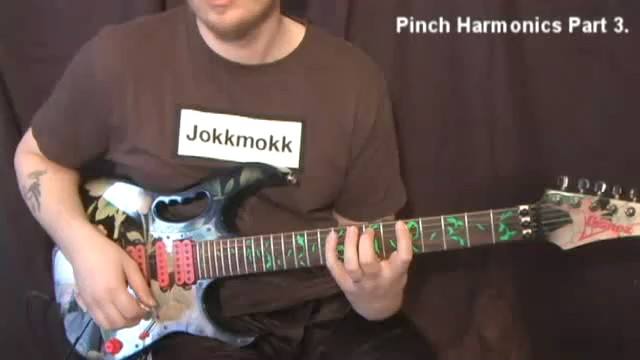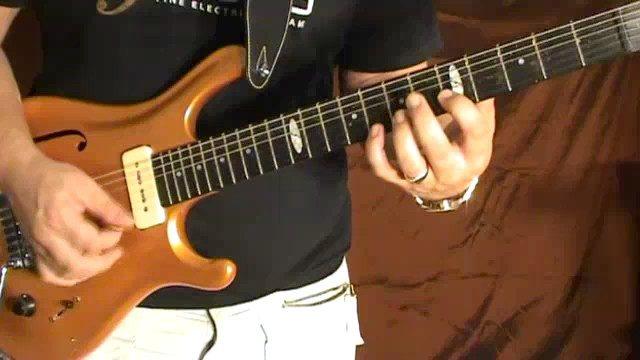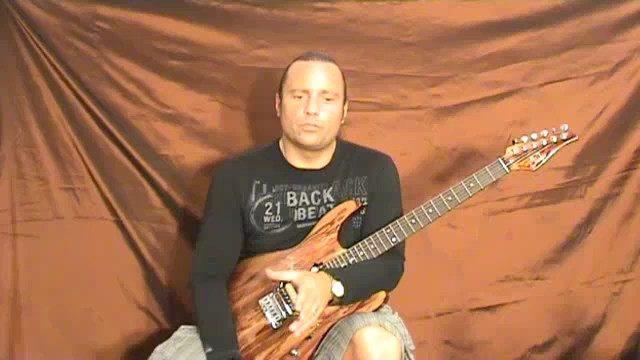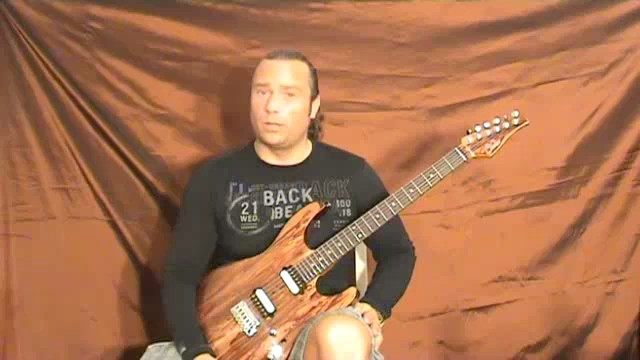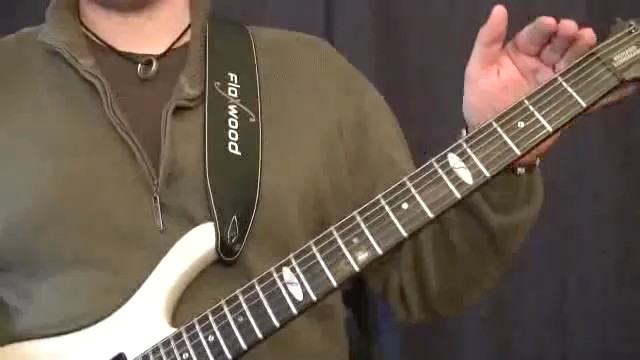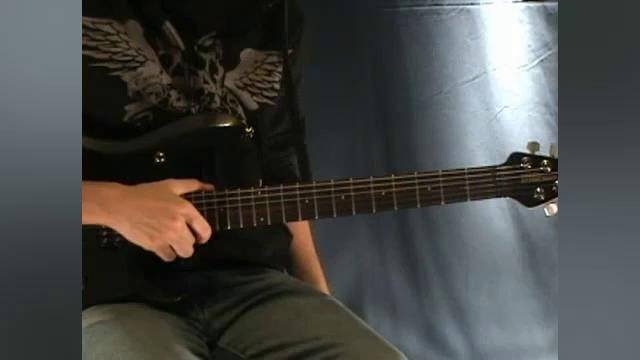Hello all!
This time around we will be talking about the use of the half step bend. This is a very easy and tasteful tool that is commonly looked over by players but I highly recommend taking some time to learn how to utilize the half step bend.
Like I've said in the past, every tool you can learn along the way will be useful in some way or another whether you know it or not.
The easiest way to look at a half step bend is as follows:
#1 What is it?
It's bending a note up until it sounds out the note on the neighboring fret. (bending from E to F, B to C, G to Ab, etc...)
#2 How do I know which notes I can bend up a half step?
If we take a look at the series of half and whole steps that exist in a major scale we can easily find which notes we can bend.
In a major scale we have the following half and whole steps:
whole - whole - half - whole - whole - whole - half
In the key of A major we'd have the following notes:
A - B - C# - D - E - F# - G# - A
Keep in mind the half or whole steps are what exist between each note. That tells us that we have a half step between C# & D and also between G# & A.
So if I'm in the key of A major (or using its relative modes) I can find any C# or G# and bend up a half step.
There are only two notes in any keys that we can bend up a half step while using notes within the key.





